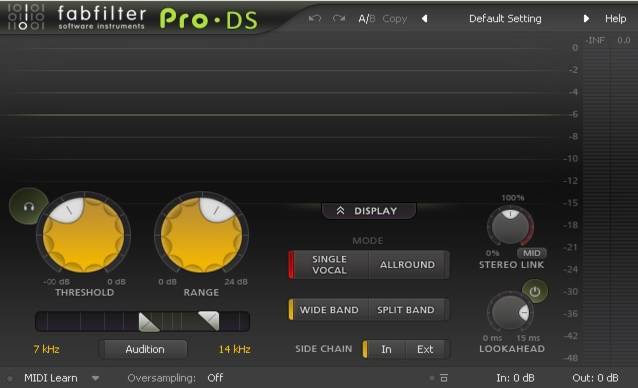
This guide is long and in-depth because it is about how to get great clips. If you have never used Audacity before, there is a detailed Wiki which is a good place to find out about the interface and basic functions. I'm also assuming that you are an intelligent person and don't need detailed instructions for every single little thing. In the rest of the guide I will be assuming that you have read at least the last paragraph of that section. You don’t absolutely need it, but the rest of this guide will make a lot more sense if you understand how a WAV file is constructed and what all the tools really do. Since cleaning up files is real audio engineering, I’m starting with a section on audio theory. This unusable clip [was turned into this good one [in a few easy steps.

I wanted to share what I’ve learned in the hopes of accelerating the learning process for others and encouraging high quality clips in voice packs.įor an example of what we are doing here, listen to how well a file can be cleaned up. Combined with my new faster method of creating voice packs, building the James May voice pack took a fraction of the time required to create the original version of the Jeremy Clarkson voice pack, which was also much lower quality. After getting used to the key tools for this work in Audacity I can average about 30 seconds per file. As I went on, I became frustrated with having to sacrifice good lines and started going through each file individually to remove unacceptable noises and create more consistency in audio quality.

I applied vocal isolation with one setting on all files and rejected anything that didn’t come out properly.

When I initially started my Top Gear voice packs I clipped things out and would just work around the noises. Further, TV shows often have very inconsistent recording quality meaning that two clips for the same character will sound like they were spoken into two different microphones.because they were. The lines you want will frequently contain music or background noise that has to be worked around. Aside from possibly applying a radio effect or cutting out a bit you don’t like, the files come ready to go. Using samples recorded for use in video games to make a voice pack is easy.


 0 kommentar(er)
0 kommentar(er)
